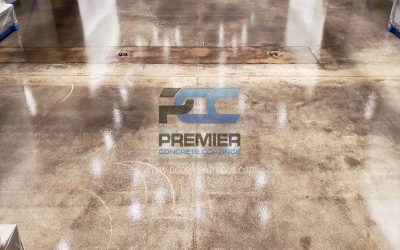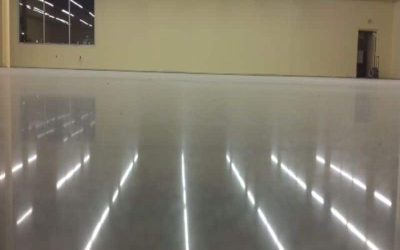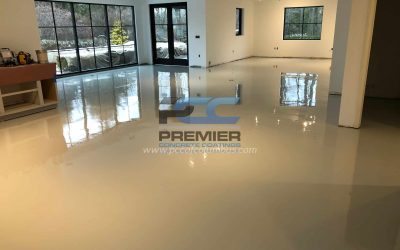If your concrete floor needs a facelift, there are many ways to make it look new again. Some people choose to lay new flooring on top of the existing concrete, and some may go with a more drastic measure, like resurfacing or pouring a new slab. However, if you want something that will last for years without additional upkeep and is budget-friendly, staining is the way to go! There are many different methods you can use to stain your concrete floor, but the best way to do it will depend on the condition of your concrete and the look you’re going for.
Some of the application areas for concrete staining include;
- Restrooms
- Hotels
- Commercial kitchens
- Basements
- Garages
- Retail stores
Types of Concrete Stains
Acid-based and water-based stains are two main types of
concrete stains:
Acid-Based Stains
Acid-based stains consist of H20, hydrochloric acid, and acid-soluble metallic salts. They produce long-lasting and durable results. These types of stains penetrate deep into the concrete and create a variegated, mottled look that can resemble marble or stone. Because they react chemically with the concrete, they can be tricky to apply and require more experience than water-based stains.
Water-Based Stains
The water-based stains are much easier to use and are more forgiving if you make a mistake. They produce a more uniform look and come in a wide range of colors. They are easy to apply and can be cleaned up with just soap and water.
How to Stain Your Concrete Floor
Once you’ve chosen the type of stain you want to use, it’s time to start the application process. For the best results, it is best to always consult with professionals like
Premier Concrete Coatings. Here are the 4 steps involved in the process;
Preparation of the Surface
The first thing that we do is to clean the concrete floor thoroughly. Get rid of all the dirt, grime, and grease that has built up over time. If there are any areas that are particularly dirty or stained, we pre-treat them with a degreaser or heavy-duty cleaner.
Concrete Stain Application
It’s important to work in small sections when applying the stain. This will help ensure that we get even coverage and avoid any streaks or blotches. Different stains will require different application techniques. Generally, we use a brush, roller, or sprayer to apply the stain. Once done, we wait for it to dry completely before moving on to the next step.
Neutralizing the Stain and Cleaning Up
After the stain has had time to dry, the next step is neutralizing the stain with baking soda or ammonia solution. This will help set the color and prevent it from fading over time. Once the stain is neutralized, we clean up any of the excesses. Neutralizing the stain is applicable for the acid-based stains only. If using a water-based stain, this step is not necessary.
Applying a Protective Coating
The last step is to apply a protective coating. This will seal in the color and keep your concrete floor looking great for years to come. You can choose from various sealants, depending on the look you want and the level of protection you need.
Polyurea and polyaspartic coatings are perfect solutions as they are durable and offer a high level of protection. So much so, they are resistant to most common chemicals and solvents.
Get a Free Quote Now!
Concrete staining is a great way to give your concrete floor a new lease on life without spending a lot of money or time. At
Premier Concrete Coatings, our team of experts can help you transform your boring concrete floor into a beautiful and unique work of art.
Contact us today to get a
free quote!



